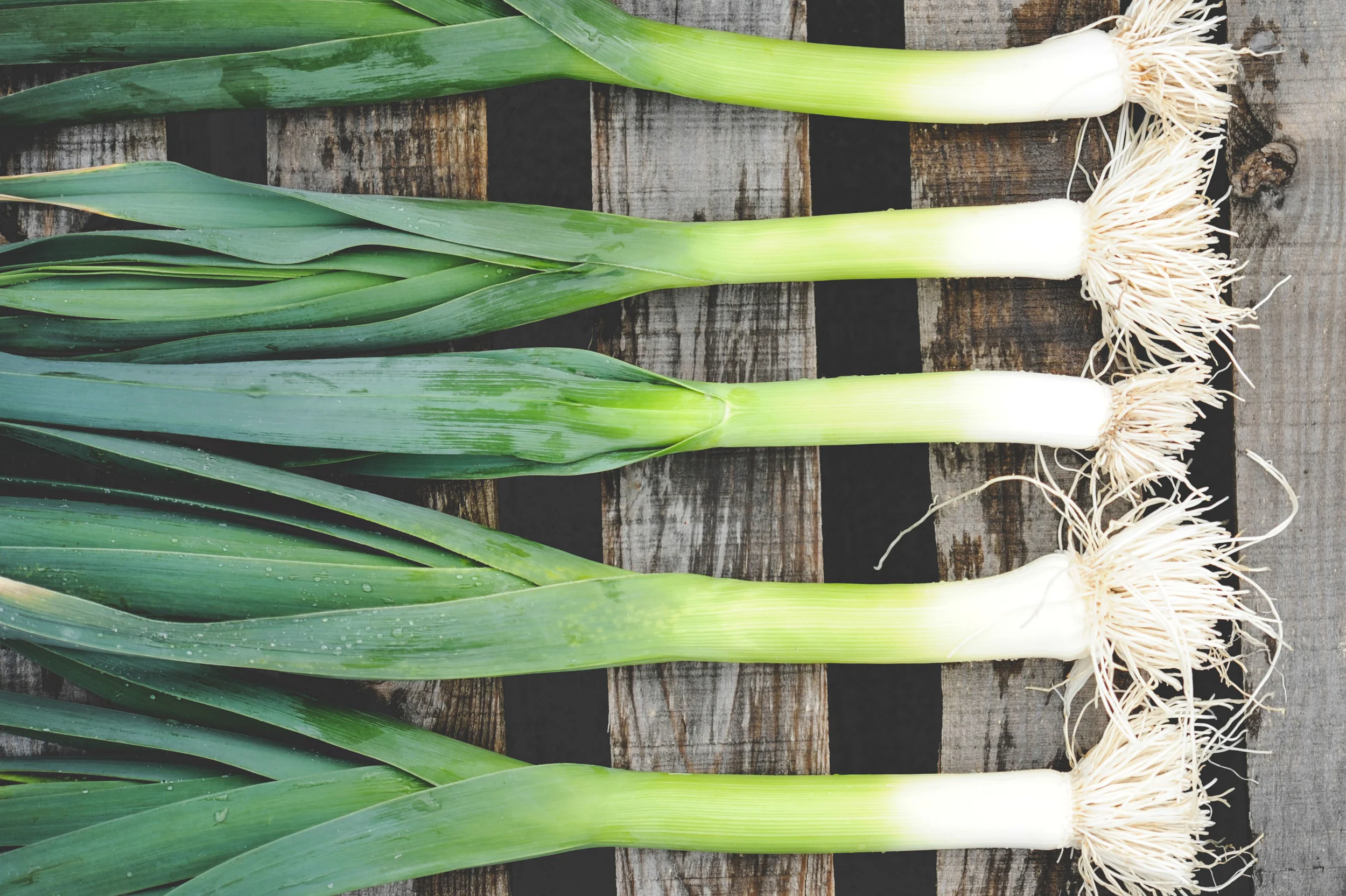First of all I would like to say thanks to everyone who was exposed to the great White House Farmer frenzy last week. Although my name ended up in 14th place, somehow we collected over 700 votes in the span of three days. That is pretty amazing. I am still looking into other strategies to pursue the position (maybe on craigslist?...)
Secondly, and more to the point, I ate the worlds largest turnip this week (please see attached photo)
You see, a few months ago, I was in Latin America doing some "research" on tropical agriculture. In mid-November I was visiting a great sustainable ag. education farm called La Flor de Paraiso in the central highlands of Costa Rica. At the farm, I met travelers from all over the world, and I met a guy from Oregon named Jim.
Evidentally a friend of Jim's had been looking for the seeds of an old heirloom turnip grown back in the days of their grandparents. No seed company or seed saving organization had the seeds in question. Then they found an old jar of the seeds in just sitting on a windowsill in grandmothers house! As fate would have it: the seeds were still viable; some of the seeds were passed on to Jim; Jim promptly grew the turnips; and Jim let them go to seed while he travelled to Costa Rica. I can admit a little skepticism when Jim told me in his plain-speaking manner:
"These are the biggest turnips you've ever seen."
In fact I hadn't seen that many turnips for comparison, but I gave Jim my mailing address, hoping one day to get my hands on some of these rare seeds. Not two months later I recieved a mysterious package in the mail, originating in Oregon and weighing approximately 400 lbs. (hyperbole) Inside I found a package of seeds and the biggest turnip I've ever seen.
After posing for some glamour shots with the turnip, I proceeded to slice off 5-10 lb. pieces to give away as Groundhog's Day gifts to my closest friends. The remainder was cubed, roasted and integrated into my Winter Root Crop Consumption Program (WRCCP). It turned out to be very good eating.
As you can imagine, we are greatly looking forward to sowing, growing and collecting these turnip seeds (scientific name unknown) and hopefully disemminating some next spring on Pennslyvania Avenue... Thanks Jim!


